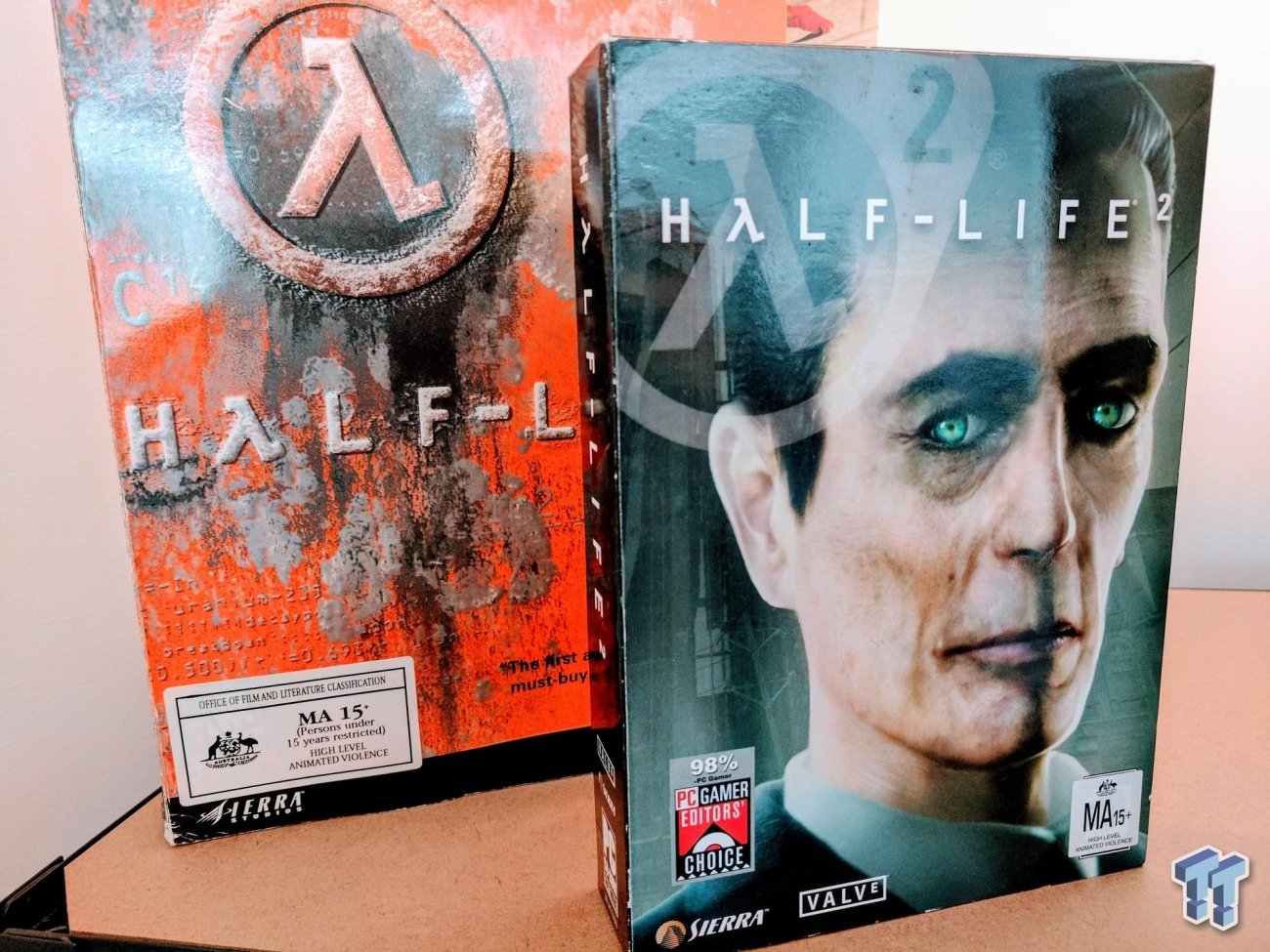

Half-life 3 has been a bit of a boogeyman within Valve. Unless Valve is suddenly content to ‘crank out Half-life titles’ in direct opposition to what Newell said, then it looks extremely unlikely. Of course it could still be an all-time great game - in fact, we’d expect it to be - but the company has just poured years worth of ideas, canned Half-life projects and tech into Alyx. Flat screen plateauĪ Half-life 3 would almost certainly be a flat screen game, but if these were to happen in near future then there’s no way it would be the meaningful advancement on Half-life: Alyx that Valve would want it to be. For the time being, there just isn’t enough for a hypothetical Half-life 3 to latch on to. We see this in the latest console generation, which is marketed not so much on technological paradigm shifts, but flourishes like backwards compatibility, SSDs and high frame rates at 4K resolution. We’re at a point in gaming tech where - outside of VR - the most talked-about advancement over the past few years has been ray tracing (the fact that we’re still talking about it is perhaps indicative of the lack of more noteworthy advancements to talk about). On a technical and visual level, the Source 2 engine not only overcomes the restrictions of VR, but is one of the most impressive games in any medium. The gravity gloves you use in the game are not only a worthy successor to Half-life 2’s gravity gun, but a wonderful innovation that deals with VR’s longstanding problem with finer environmental interaction. It straddles technology and Valve’s trademark narrative creativity in a way that dwarfs anything the studio could have done on a flat screen. It’s hard to appreciate just what a perfect continuation Alyx is of Half-life’s legacy unless you put on a headset and experience it.

It just found a whole new dimension of gaming to play in and pioneer. But Valve, being a privately traded company of unthinkable wealth, wasn’t restricted by those concerns. VR was, and still is, treated with caution by most major publishers - largely due to its relatively small market not making it terribly appealing to bean-counters and shareholders. That opportunity would eventually arrive with VR, which finally gave Valve its chance to make a mark worthy of the Half-life name while championing a legitimately groundbreaking technology. Geoff Keighley’s Final Hours documentary gives rare insight into why Half-life games are such a rarity (Image credit: Geoff Keighley)


 0 kommentar(er)
0 kommentar(er)
